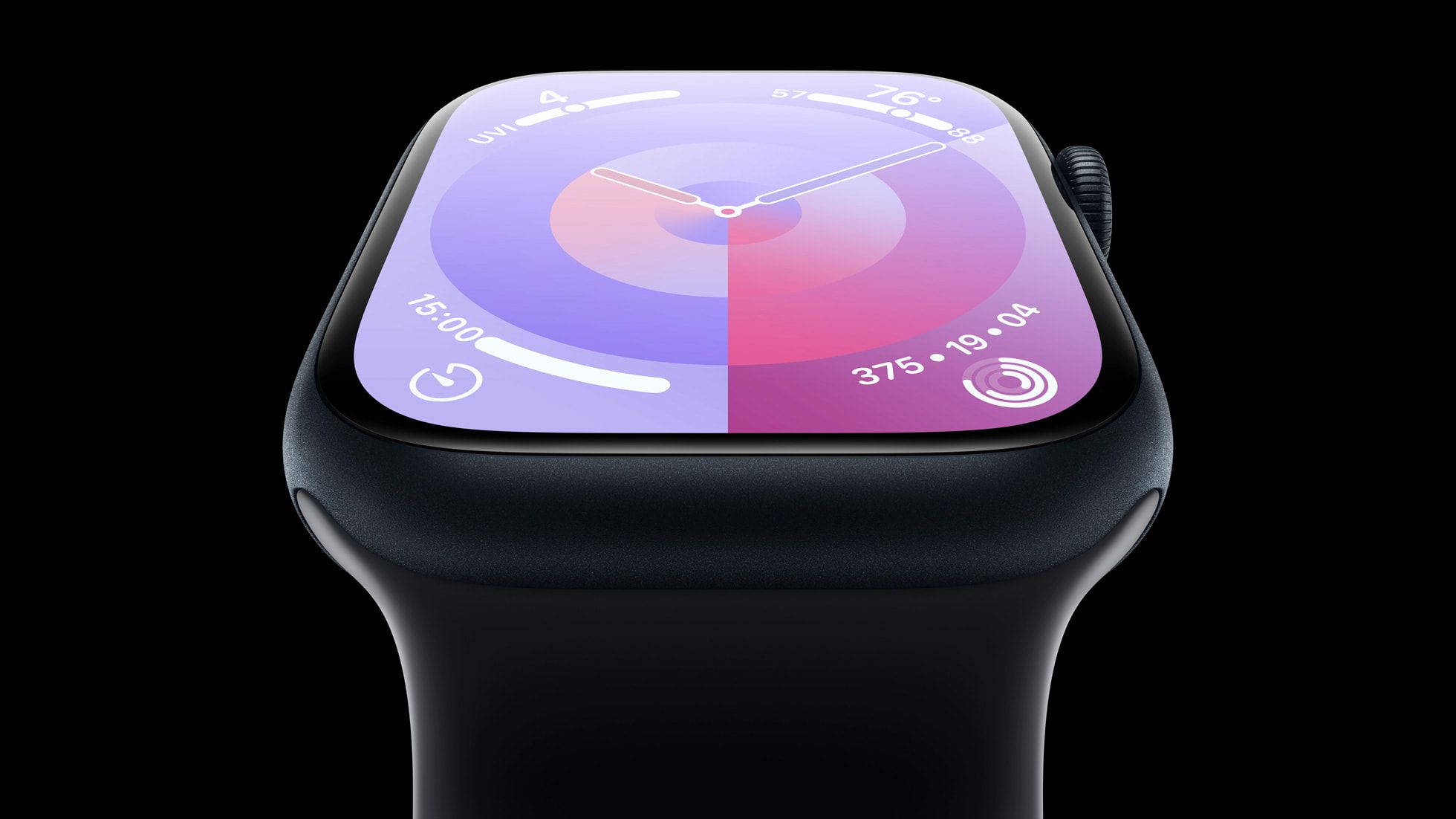In a fascinating turn of events, suspected space debris from a recent SpaceX mission has been discovered in rural North Carolina.
This incident highlights the challenges and unexpected occurrences related to space missions, particularly regarding reentry and debris management.
The debris was found by an employee of The Glamping Collective, a company that operates cabins and other facilities on a private mountaintop near Asheville, North Carolina. This discovery adds to the growing list of space debris incidents and underscores the need for effective tracking and mitigation strategies.
Discovery Details
The object, at least three feet wide and clearly singed, is believed to be part of a Dragon spacecraft. This piece of debris was likely from the trunk section of the spacecraft, which is designed to disintegrate upon reentry but can sometimes survive the journey back to Earth.
The Dragon spacecraft, used by SpaceX for transporting cargo and crew to the International Space Station, consists of two main parts: the capsule and the trunk. The capsule, which houses the astronauts, is reusable and returns to Earth intact. The trunk, on the other hand, supports the spacecraft during ascent and carries unpressurized cargo. It is covered in solar panels that provide power during the mission. Typically, the trunk burns up in the atmosphere during reentry, but occasionally, parts can survive and fall back to Earth.
This discovery in North Carolina is particularly noteworthy because it illustrates the unpredictability of space debris reentry. While most debris burns up in the atmosphere, larger pieces can sometimes make it through and reach the Earth’s surface. This particular piece of debris was found in a remote area, minimizing the risk to human life and property, but it highlights the ongoing need for vigilance and preparedness in managing space debris.
Expert Analysis if the Space Debris
Jonathan McDowell, an astronomer and astrophysicist at the Harvard–Smithsonian Center for Astrophysics, closely monitors space debris. He indicated that the debris found aligns with the expected trajectory of the Dragon trunk from the Crew-7 mission.
McDowell had previously noted that regions from Tennessee through Virginia and West Virginia had the highest potential for debris fallout, making the North Carolina sighting consistent with these predictions. His analysis provides critical context for understanding the likelihood and implications of such debris reentries.
McDowell’s expertise in tracking space debris offers valuable insights into the complexities of managing and predicting reentry paths. The data gathered from incidents like this help improve models and predictions, which are crucial for minimizing risks associated with space debris. His work underscores the importance of continuous monitoring and analysis in the evolving field of space exploration and safety.
Safety and Precedents
This incident serves as a reminder of the potential risks associated with space debris. Although no injuries were reported in this case, there have been instances where space debris has caused damage. Earlier this year, a piece of hardware from the International Space Station crashed through the roof of a Florida home.
Such occurrences underline the importance of stringent safety protocols and continuous improvement in tracking and managing space debris. NASA and other space agencies are committed to minimizing these risks by responsibly managing debris and improving tracking and prediction systems. These efforts are crucial for ensuring the safety of people and property on the ground.
The history of space debris incidents includes several notable examples that have prompted changes in policy and practice. For instance, the reentry of Skylab in 1979 and the more recent deorbiting of China’s Tiangong-1 space station have led to increased awareness and regulatory measures aimed at mitigating the risks associated with falling debris.
These precedents highlight the need for ongoing international cooperation and advancements in technology to address the growing challenge of space debris management.
Technological Implications
The discovery of SpaceX debris in North Carolina underscores the ongoing challenges of managing space missions and debris. As space exploration continues to expand, incidents like this highlight the need for improved debris tracking and management to ensure safety on Earth.
The scientific community, along with private companies like SpaceX, must continue to innovate and develop solutions to mitigate these risks. Improved international collaboration and advanced technologies are essential for addressing the complex issues related to space debris. Technologies such as enhanced radar tracking, machine learning algorithms for prediction, and international agreements on debris mitigation can significantly improve our ability to manage space debris effectively.

Dr. Thomas Hughes is a UK-based scientist and science communicator who makes complex topics accessible to readers. His articles explore breakthroughs in various scientific disciplines, from space exploration to cutting-edge research.








